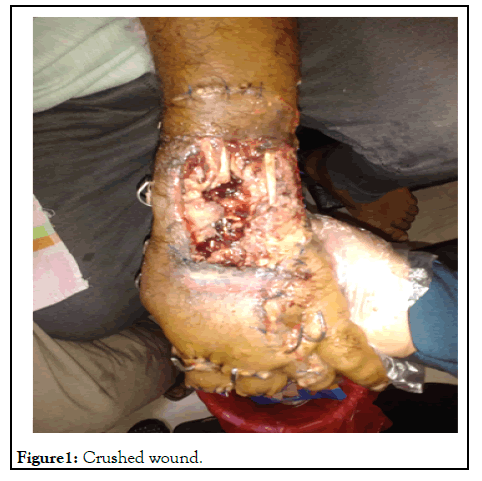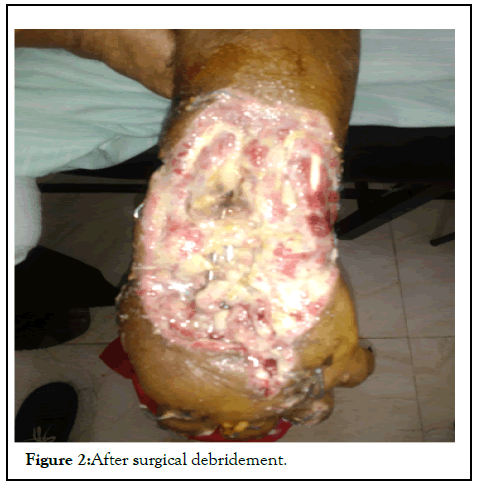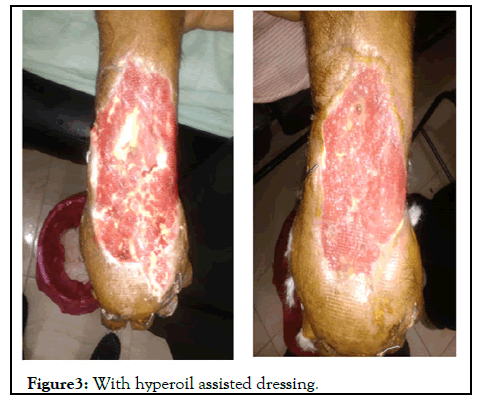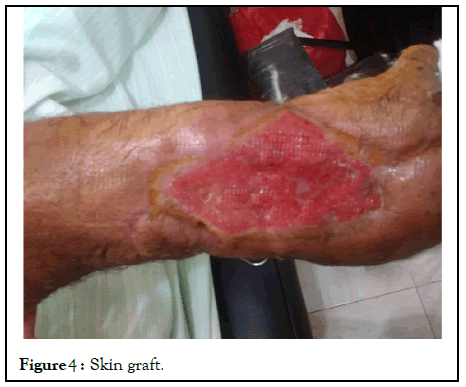
Journal of Clinical Chemistry and Laboratory Medicine
Open Access
ISSN: 2736-6588

ISSN: 2736-6588
Research Article - (2021)Volume 4, Issue 8
Wound healing, as a normal biological process in the human body, is achieved through four precisely and highly programmed phases: hemostasis, inflammation, proliferation, and remodeling. For a wound to heal successfully, all four phases must occur in the proper sequence and time frame. Many factors can interfere with one or more phases of this process, thus causing improper or impaired wound healing. This article reviews the recent literature on the most significant factors that affect cutaneous wound healing and the potential cellular and/or molecular mechanisms involved. The factors discussed include oxygenation, infection, age and sex hormones, stress, diabetes, obesity, medications, alcoholism, smoking, and nutrition. A better understanding of the influence of these factors on repair may lead to therapeutics that improve wound healing and resolve impaired wounds.
Wound healing, Hyperoil, Amputation, Chemical agents
Wound healing is a dynamic process consisting of four continuous, overlapping, and precisely programmed phases. The events of each phase must happen in a precise and regulated manner. Interruptions, aberrancies, or prolongation in the process can lead to delayed wound healing or a non-healing chronic wound. In adult humans, optimal wound healing involves the following the events: (1) rapid hemostasis; (2) appropriate inflammation; (3) mesenchymal cell differentiation, proliferation, and migration to the wound site; (4) suitable angiogenesis; (5) prompt re-epithelialization (re-growth of epithelial tissue over the wound surface); and (6) proper synthesis, cross-linking, and alignment of collagen to provide strength to the healing tissue [1-3].
The first phase of hemostasis begins immediately after wounding, with vascular constriction and fibrin clot formation. The clot and surrounding wound tissue release proinflammatory cytokines and growth factors such as Transforming Growth Factor (TGF)-β, Platelet-Derived Growth Factor (PDGF), Fibroblast Growth Factor (FGF), and Epidermal Growth Factor (EGF). Once bleeding is controlled, inflammatory cells migrate into the wound (chemotaxis) and promote the inflammatory phase, which is characterized by the sequential infiltration of neutrophils, macrophages, and lymphocytes [4]. A critical function of neutrophils is the clearance of invading microbes and cellular debris in the wound area, although these cells also produce substances such as proteases and Reactive Oxygen Species (ROS), which cause some additional bystander damage [5].
Macrophages play multiple roles in wound healing. In the early wound, macrophages release cytokines that promote the inflammatory response by recruiting and activating additional leukocytes. Macrophages are also responsible for inducing and clearing apoptotic cells (including neutrophils), thus paving the way for the resolution of inflammation [6]. As macrophages clear these apoptotic cells, they undergo a phenotypic transition to a reparative state that stimulates keratinocytes, fibroblasts, and angiogenesis to promote tissue regeneration. In this way, macrophages promote the transition to the proliferative phase of healing [7].
Hyperoil® history dates back to 2005, when RI.MOS. (www.rimos.com) acquired the product’s patent license; in 2007 began clinical trials in human medicine for the treatment of ulcers and bedsores.
The initial findings of the Clinica Barbantini of Lucca, Tuscany, one of the most important National reference centers, carried out by the Department of Vulnology, surpassed even the most optimistic forecasts [8,9].
A male patient age 44 years, hand worker, came to emergency hospital, Mansoura new general (international) hospital, Mansoura, Egypt. At June 2007 [10]. Complaining that a heavy object has been fallen on his hand, by examination the fingers of right hand are all severely crushed from the mid hand and lacerated wound in the dorsum of the hand, the patient admitted and operated [11] (Figure 1,2).

Figure 1: Crushed wound.

Figure 2: After surgical debridement.
We did amputation of dead crushed fingers and surgical debridement of the dorsal wound and serial dressing for 2 months, after we obtained the desired result by Hyperoil assisting dressing we did skin graft from the patient thigh. Discharged with satisfying result [12,13] (Figure 3,4)

Figure 3: With hyperoil assisted dressing.

Figure 4: Skin graft.
Wound healing is a complex staged process depends on multifactorial factors related to wound itself, patient and doctor compliance degree. With assist of chemical agents such as Hyperoil, the process becomes easier, feasible, with better magic outcome.
Citation: Hamed EA (2021) Staged Healing Process of Post Traumatic Infected Wound: Personal Experience. J Clin Chem Lab Med. 4:190
Received: 01-Oct-2021 Accepted: 15-Oct-2021 Published: 22-Oct-2021 , DOI: 10.35248/jcclm.21.4.190
Copyright: © 2021 Hamed EA. This is an open-access article distributed under the terms of the Creative Commons Attribution License, which permits unrestricted use, distribution, and reproduction in any medium, provided the original author and source are credited.